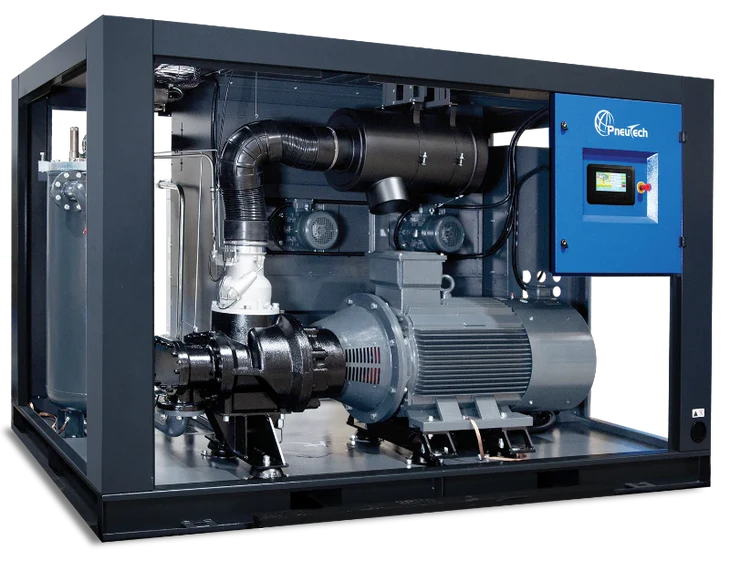Imagine waking up to find your home damaged by something like a storm, only to realize your insurance coverage falls short. Many homeowners face this scenario due to common pitfalls and misunderstandings.
So, let’s dive into strategies for optimizing insurance policies and navigating claims processes effectively. Avoid costly mistakes and ensure smooth restoration outcomes with these practical tips.
Understand Policy Jargon
Navigating insurance policies often feels like decoding a foreign language. Key terms, such as “deductible” and “replacement cost,” need attention. Deductibles are out-of-pocket costs before insurance kicks in. Replacement cost covers full repairs or replacements without depreciation deductions.
Also, note exclusions that highlight what’s not covered, preventing unpleasant surprises during claims.
Policies vary widely. So, ensuring you grasp your specific coverage details is crucial for avoiding unexpected expenses when the need arises for home restoration after emergencies.
Tailor Coverage for Your Unique Home Features
Standard home insurance may not cover unique features like solar panels or custom-built elements. For homes with specialized architecture, tailored policies address these specifics.
You might need additional riders to protect valuable installations or eco-friendly modifications, for instance. Without customized coverage, unexpected damage to these features could lead to costly out-of-pocket repairs.
Discussing your home’s distinctive aspects with an insurance agent ensures comprehensive protection and peace of mind should unforeseen events occur, safeguarding both standard structures and extraordinary components alike.
Navigate the Claims Process with Ease
Filing insurance claims can seem complex, but breaking it down will help.
Start by documenting the damage with photos and itemized lists.
Also, contact a residential restoration service after damage to personal property caused by a disaster. Their assessments could support your claim’s accuracy when presented to insurers. With their help, you can also restore your home quickly.
And file promptly to avoid delays or potential disputes about coverage limits and requirements.
Staying organized throughout this process will streamline interactions with insurance adjusters.
Know About Common Pitfalls in Home Restoration Insurance
Many homeowners discover gaps in their insurance when it’s too late. Underestimating coverage needs often results in inadequate compensation for restoration expenses.
Some policies exclude flood or earthquake damage, catching homeowners off guard. Another common mistake is failing to update policies after renovations, leaving new additions unprotected. Delayed filing of claims can lead to denials or reduced payouts as well.
Regularly reviewing and adjusting your policy prevents these pitfalls, ensuring a smoother recovery when emergencies arise.
Regularly Review Your Policy
Insurance needs can change as homes evolve. Updating your policy ensures adequate coverage, especially after major events or renovations.
Without regular reviews, you risk underinsurance and costly out-of-pocket expenses if disaster strikes.
Reassessing policies annually uncovers outdated limits or missing riders for valuable additions like home offices or new structures.
Meeting with an insurance advisor keeps your protection current, allowing you to adapt to life’s changes confidently and avoid unpleasant surprises when filing claims in the future.
The Takeaway
Armed with these insights, homeowners can navigate the insurance landscape more effectively. So, secure your home’s future with informed decisions today.



























